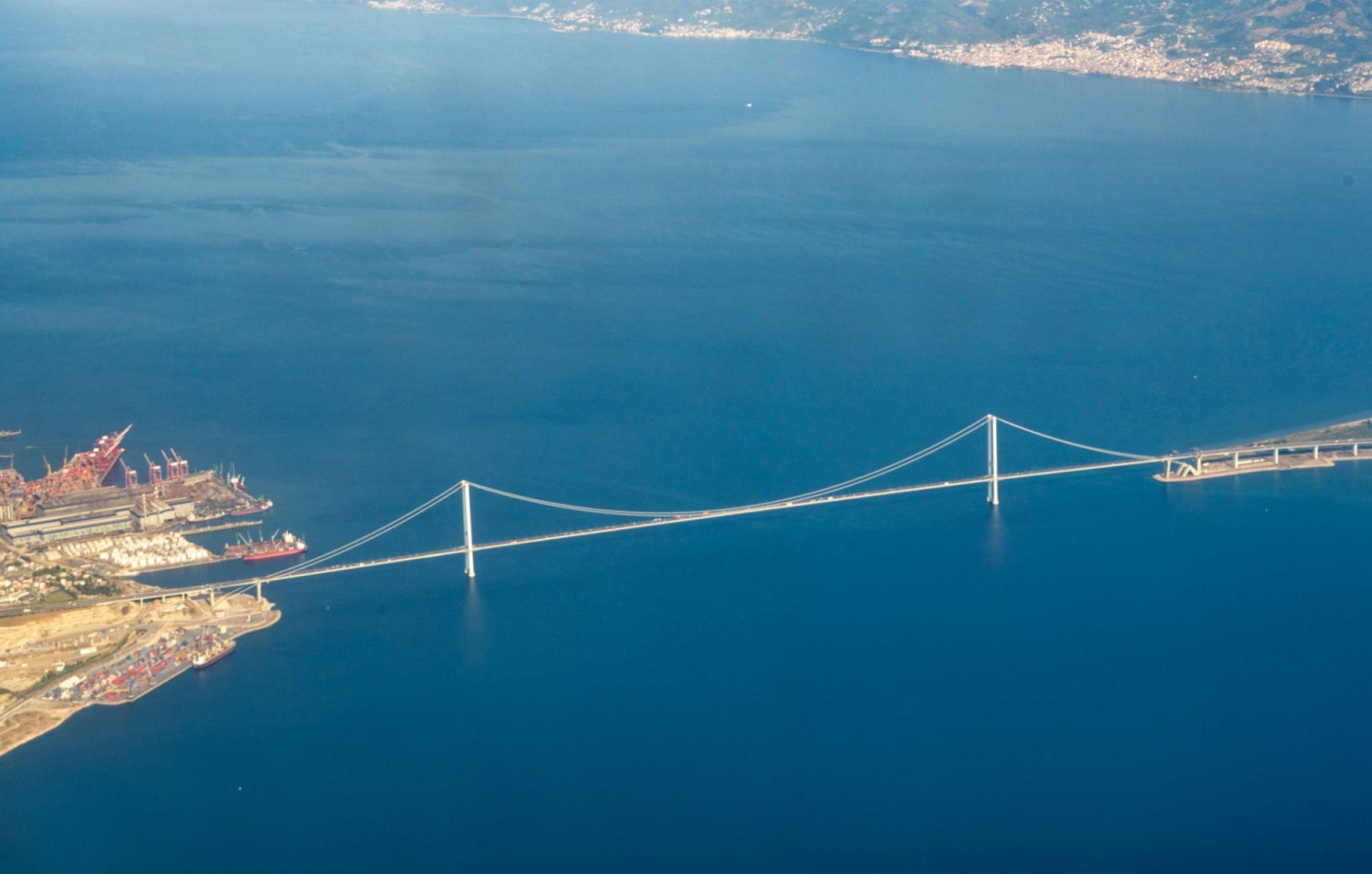The incredible new £11bn suspension bridge set to become the world’s longest
A long-held vision dating back over 2,000 years to the Roman Empire is poised to become a modern engineering marvel. Italy is preparing to commence construction this year on the Strait of Messina Bridge, an ambitious and controversial project that will finally link the island of Sicily to the Italian mainland via a colossal suspension bridge.
The eye-watering project comes with an estimated price tag of €13.5 billion (£11.36 billion) and, when completed, will become the longest suspension bridge in the world. The bridge’s central span will stretch an astonishing 3,300 metres, surpassing Turkey’s Çanakkale Bridge, which currently holds the record.
The bridge is designed to carry both rail and vehicular traffic, connecting Torre Faro in Sicily with Villa San Giovanni in Calabria. This connection is expected to dramatically improve transportation efficiency and trade between southern and northern Europe, effectively placing Sicily at the heart of Mediterranean commerce.
Adriano Giannola, President of the association for the aevelopment of Industry in Southern Italy, told Euronews, “The bridge should be a strategic hub for the country. Sicily is the physical centre of the Mediterranean. Ships emerging from the Suez Canal pass Sicilian ports but do not stop there; they continue to Rotterdam. If we wish to change this, the bridge is key.”
Yet, despite the technological marvel the bridge represents, the project has sparked fierce debate across Italy. Critics argue that the colossal investment could be better utilised to address more urgent needs in Calabria, one of Italy’s most impoverished regions, which struggles with underdeveloped infrastructure and limited public services.
Further concerns have been raised over the location of the bridge, which sits in an area notorious for seismic activity. In 1908, a devastating earthquake and subsequent tsunami in the Strait of Messina killed over 100,000 people. However, the project’s engineers assert that the bridge has been meticulously designed to withstand earthquakes of up to 7.5 magnitude and winds of 300 km/h (186 mph). Experts have noted that the suspension bridge design offers inherent flexibility, allowing it to ‘roll’ with tectonic shifts more effectively than other bridge structures.
The dream of linking Sicily to the Italian mainland has existed since the days of the Roman Empire. Over the centuries, numerous proposals have been put forward, but none came to fruition. Now, with €25 million (£21 million) in backing from the European Union and strong political support from Italy’s current right-wing government, the plan appears firmly on course.
Infrastructure Minister Matteo Salvini has championed the bridge as a symbol of progress, promising that it will deliver “work, wealth, beauty” and contribute to environmental goals by reducing CO2 emissions from ferries and other transport methods currently needed to cross the strait. He claims the bridge will be “one of the greenest bridges in the world.”
The Italian government also hopes that the bridge will help diminish the grip of organised crime in the region by stimulating economic development and integrating Calabria more closely with the rest of the country.
The Strait of Messina Bridge is scheduled to open to traffic by the end of 2032. If completed on time, the project will transform Sicily’s connectivity. Sicily, the Mediterranean’s largest island, is a world-renowned tourist destination famed for its rich history, vibrant cities, and stunning coastline. Calabria, often overlooked, boasts rugged mountains, picturesque beaches along the Tyrrhenian and Ionian seas, and a proud culinary heritage known for its bold and spicy flavours.
As Italy pushes forward with this audacious project, the world will be watching to see whether the Strait of Messina Bridge becomes a beacon of progress or a symbol of misjudged ambition.






